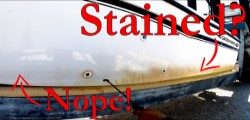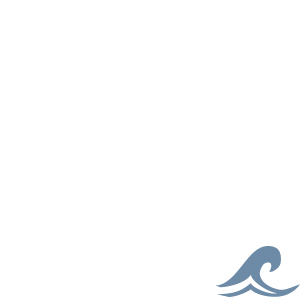
Pettit Horizons
Multi-Season Ablative Antifouling Paint: Compatible with Interlux Micron CSC, offers higher copper content at considerable cost savings. High copper load for multi-season protection in all conditions. Ablative technology eliminates sanding and buildup. Greater antifouling protection at a lower cost. The standard ablative for many boatyards. Horizons offers excellent protection from fouling along with all of the benefits of ablative paints. Economically priced, it performs well in all conditions, including severe fouling waters. A heavy load of copper provides dependable, multi-season performance. Horizons ablative surface wears away with use, exposing fresh biocides while eliminating paint build up and the need for sanding. Can be launched and re-launched without repainting making it an excellent choice for trailered boats. Use 120 Thinner for brushing, rolling or clean-up. Use 121 Thinner for spraying.
CUSTOM: pettit-horizons









